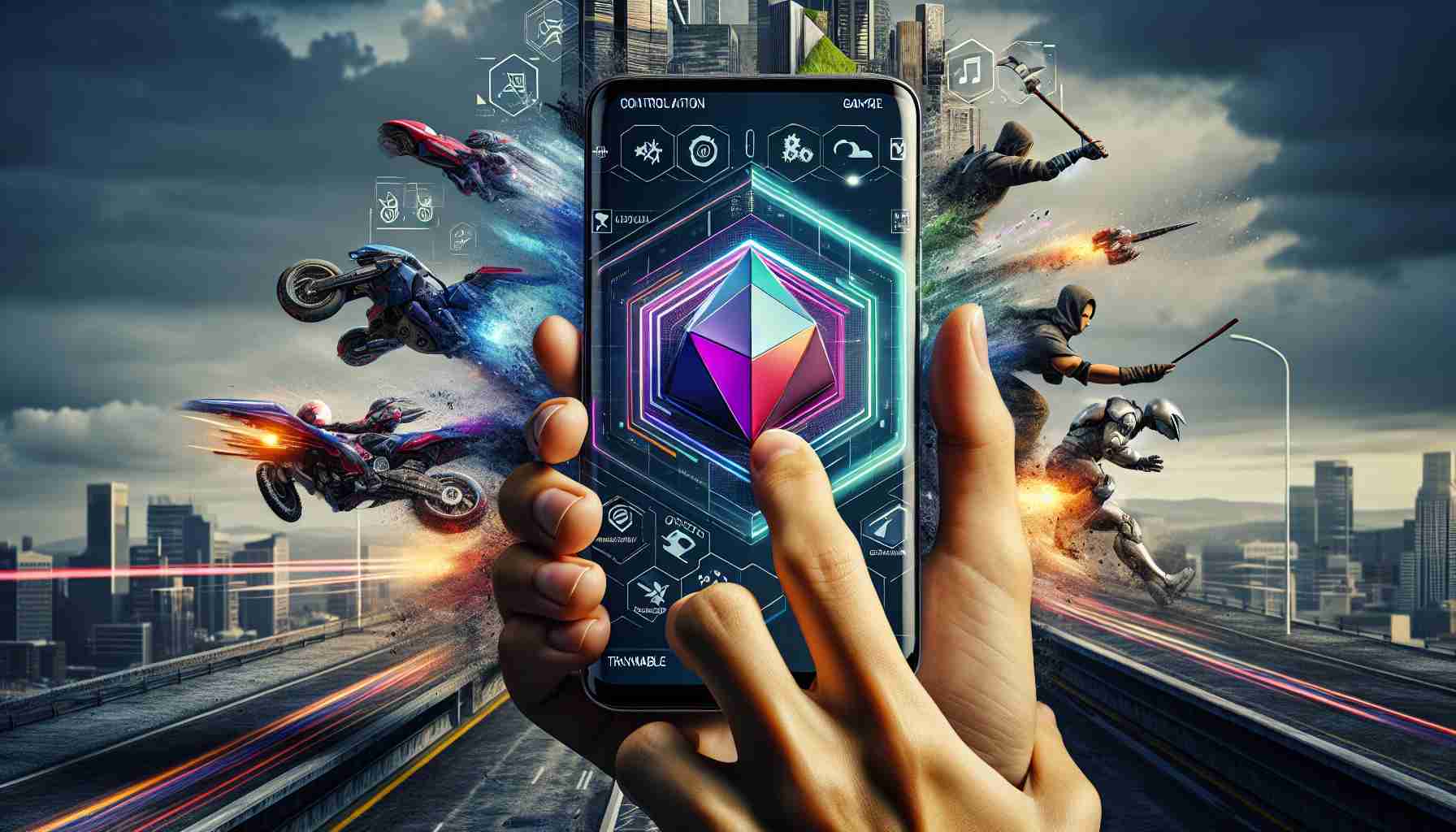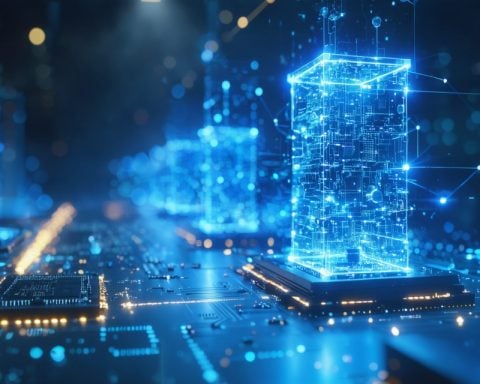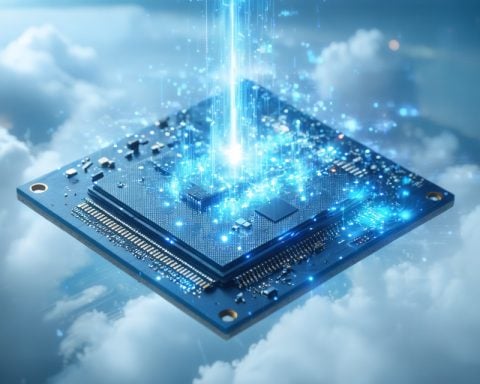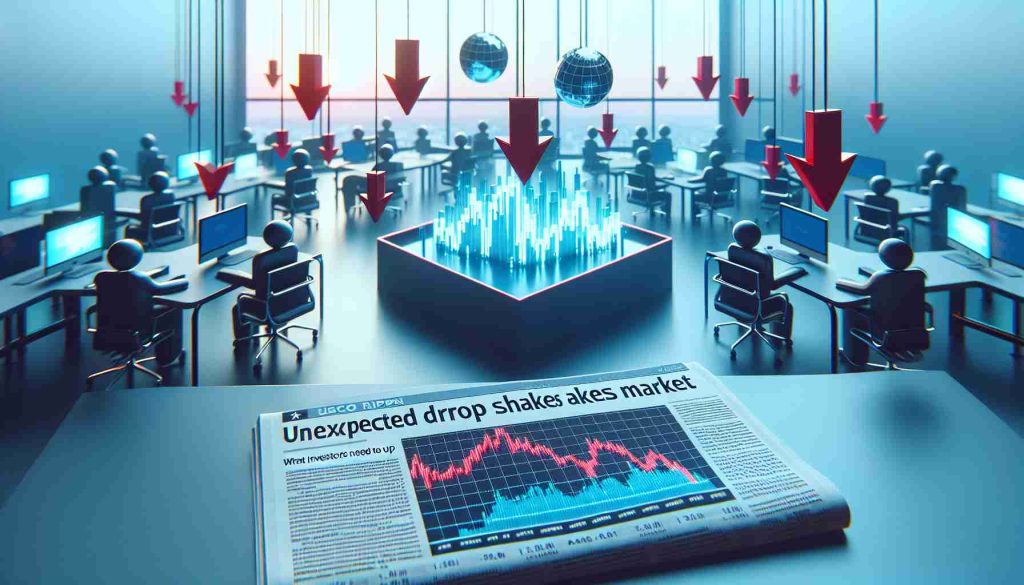In the ever-evolving world of smartphone technology, a new contender is making headlines: micro actions. These are ultra-fine gestures and interactions designed to enhance user experience by introducing a level of convenience and precision not seen before.
Imagine performing daily tasks on your device with the subtlest of movements. With advanced sensor technologies, micro actions allow users to navigate their smartphones more intuitively. Think of waving your hand over the screen to scroll through pages or gently tapping your phone in a pocket to silence an incoming call. They hold the potential to revolutionize how we interact with our devices, transforming them into extensions of our physical selves.
The push for micro actions arises from the demand for simpler, quicker user interfaces in a world that is increasingly fast-paced. As smartphones become an integral part of our lives, their ability to seamlessly integrate with our natural body movements is becoming a top priority for developers and manufacturers alike.
Future implementations could bring about devices that respond to even more nuanced cues, like shifts in gaze or subtle facial expressions. Such advancements promise to reduce the necessity of physical touch inputs altogether, opening the door to a new era of hands-free smartphone use.
While still in its nascent stages, the development of micro actions presents exciting opportunities for both technophiles and everyday users. Their introduction hints at a future where our interactions with smartphones are nearly indistinguishable from natural human gestures, paving the way for unprecedented ease of use and accessibility.
The Hidden Impacts of Micro Actions in Smartphone Interaction
As we delve deeper into the age of technological innovation, micro actions in smartphones may soon redefine personal and global dynamics in unexpected ways. Beyond facilitating a seamless interaction between humans and machines, these subtle gestures carry deeper implications for privacy, security, and even sociocultural norms.
Privacy Concerns: Utilized in an increasingly digital world, micro actions might inadvertently raise privacy concerns. Are devices always listening for cues, or could unintended actions trigger responses, capturing sensitive data? This shadow of doubt challenges not only tech companies but also regulators and privacy advocates in crafting safe yet efficient systems.
Cultural Shifts: These innovations could significantly impact how different cultures interact with technology. In societies where direct physical touch is minimal, micro actions offer a culturally appropriate alternative, potentially increasing tech accessibility. Conversely, societies with tactile interaction norms might find behavioral shifts necessary, adapting to non-contact controls.
Economic Implications: Are micro actions more accessible to developed nations with advanced infrastructures? This new technology risks widening the digital divide, as nations struggling with basic connectivity may find it challenging to adopt these advancements, potentially isolating themselves further from the global digital economy.
In what ways could these ultra-fine gestures democratize technology, and are we ready to embrace this path? The potential advantages—such as increased accessibility for individuals with disabilities and a reduction in wear-and-tear on devices—must be weighed against the broader societal impacts.
Explore further through credible sources like TechCrunch and Forbes, which offer extended analysis on technological advancements and their global implications.






















